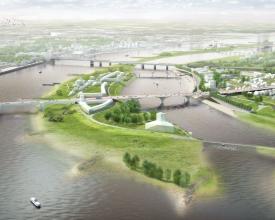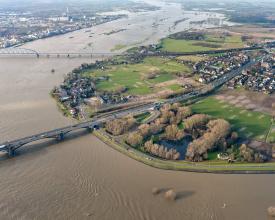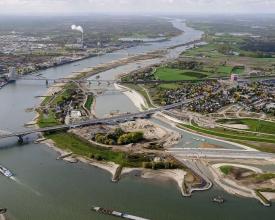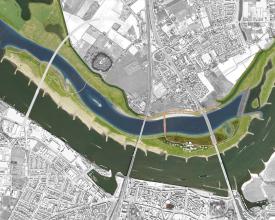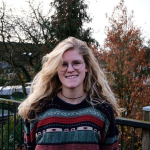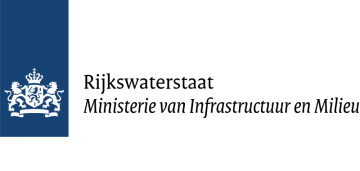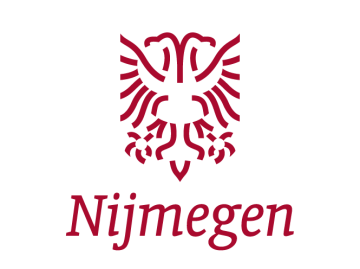
Room for the river – NbS for coastal and river flood protection in cities
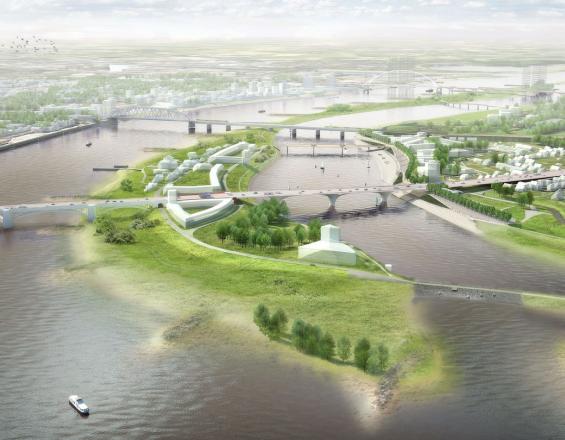
The Waal River in the Netherlands narrows significantly as it bends through the city of Nijmegen, creating a bottleneck effect when high river discharge occurs. Faced with the increased risk and frequency of flooding through climate change, Nijmegen decided that alternative steps are needed to ensure citizens' safety. The national 'Room for the River programme' was initiated to move away from solely reinforcing existing dikes towards the use of nature-based solutions that incorporate the dynamics of river flows.
With the implementation of the Urban River Park, the Waal river was given more natural space to process high water levels and reduce the bottleneck effect. Existing dikes were moved 350m inward to construct a new river channel and floodplains. Next to the new channel, an entirely new island was formed, creating a unique urban river park in the heart of the city. The design includes new natural habitats and recreational spaces to promote biodiversity and citizens' well-being.
Impacts
The Urban River Park provides a successful example of the transformation from solely using artificial grey infrastructure in water management to benefiting from natural solutions. It shows that nature-based solutions are beneficial for flood risk reduction in cities and bring additional benefits for recreation, ecology, and the aesthetic of a city.
The project can provide city planners with an example of how to involve multi-level governance and different stakeholders in regional planning. The development of the Urban Riverpark was done in collaboration with hydrologists, ecologists, architects, and technicians to create a comprehensive design. Additionally, local communities, provinces, and water boards participated in developing the Room for the River Programme.
The functionality of the park shows the importance of including natural processes and characteristics of an area in the design process. The Nijmegen Urban Riverpark design was based on river flow dynamics, tidal influences, erosion, and sedimentation processes. The design will gradually change over time, creating various ecosystems and different characteristics of the river landscape while ensuring safety from flood events.

